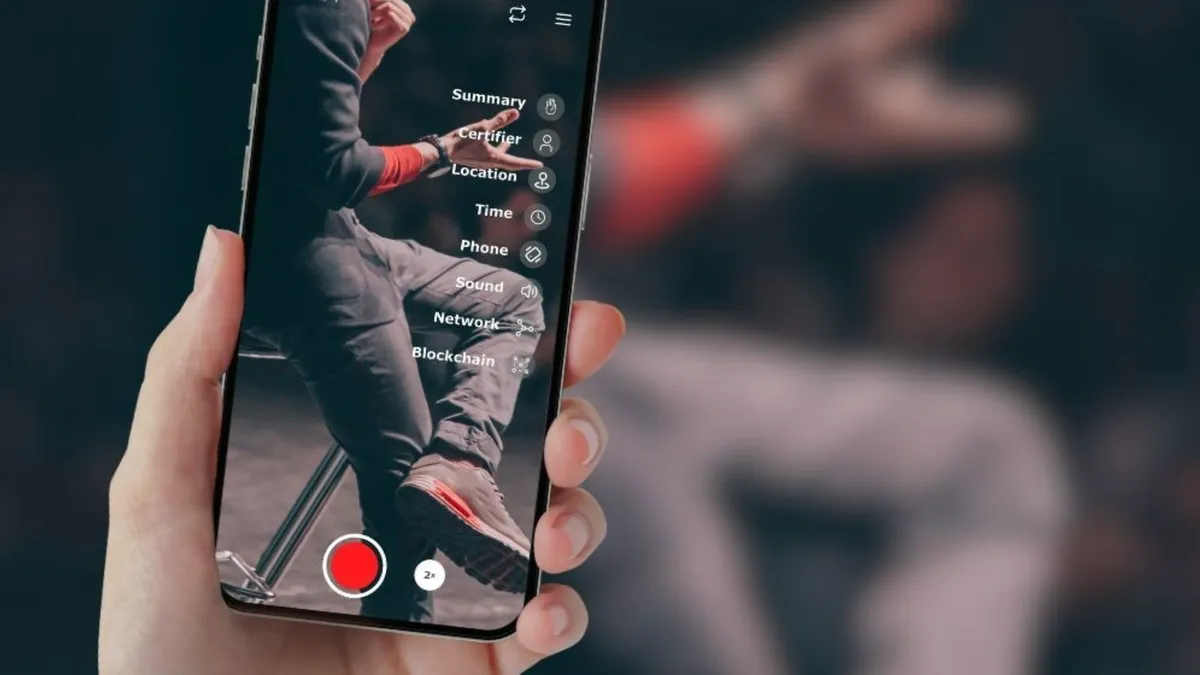Swear has developed a process to identify manipulated media like deepfakes.
By Lisa Lacy, as originally published at cnet.com on April 9, 2024
So far this election year, 14 US states have enacted laws or provisions to regulate deepfakes, or manipulated media, in political messaging. That’s according to an analysis by nonprofit law and policy institute the Brennan Center, which also found 151 bills addressing deepfakes and deceptive media in elections had been introduced or passed in the US as of July 31.
They’re targeting a growing problem. Professional services network KPMG found the number of deepfake videos online increases by 900% annually. That’s significant in an election year when manipulated media can help spread misinformation, discourage voters and undermine the electoral process.
Technology companies have released tools like OpenAI’s Deepfake Detector and Google’s SynthID to help us identify AI-generated images and deepfakes. But they’re chasing generative AI tools like Dall-E and Sora, which can be used to create increasingly realistic images and videos of moments that never happened. The recent video of vice president and Democratic presidential candidate Kamala Harris is just one example. And as these tools become more sophisticated and widely available, so, too, must the tools used to combat them.
“It’s a never-ending game of cat and mouse,” said Swear CEO Jason Crawforth.
Media DNA
Founded in 2017, Swear is a startup focused on establishing a record for digital media like audio and video when it’s created so it’s easier to determine if it’s been altered in any way thereafter.
In the case of a video, Swear breaks the asset down into frames and then uses an algorithm to assign what is called a hash value, or a unique numerical value, to each pixel and sound byte, as well as to any metadata, which is data about file attributes, like runtime, date created or GPS location. These numerical values are also known as digital fingerprints.
Crawforth likens the process to documenting the DNA of a video. Once Swear has this DNA, it’s stored on a blockchain, which is a secure database that maintains records, called blocks, and can be used to make data immutable, or unable to be changed.
If you suspect the video has been altered later, Crawforth said Swear can compare the video in question to the DNA on the blockchain. If any element has changed, the hash value will be different, so it’s easy to pinpoint.
“The asset itself cannot be exclusively its own security, meaning that if you use encryption, watermarking, private/public encryption keys, whatever, it will be compromised,” he said. “Maybe not today, but likely tomorrow.”
The target audience includes government agencies and politicians, as well as law enforcement, technology companies, news organizations and mass transit systems.
The startup plans to target the security and surveillance industry first, followed by media and social media platforms. Eventually, Swear hopes to work directly with phone manufacturers to install its technology on devices.
We’re going to be the notary of the internet,” Crawforth said.
Boise, Idaho-based Swear is in the process of raising $3 million in a preseed round. Crawforth hopes Swear will be acquired before it has to raise a Series A round.
“I’m hoping that we don’t have to do that, but it just depends on how fast we want to grow,” he said.

